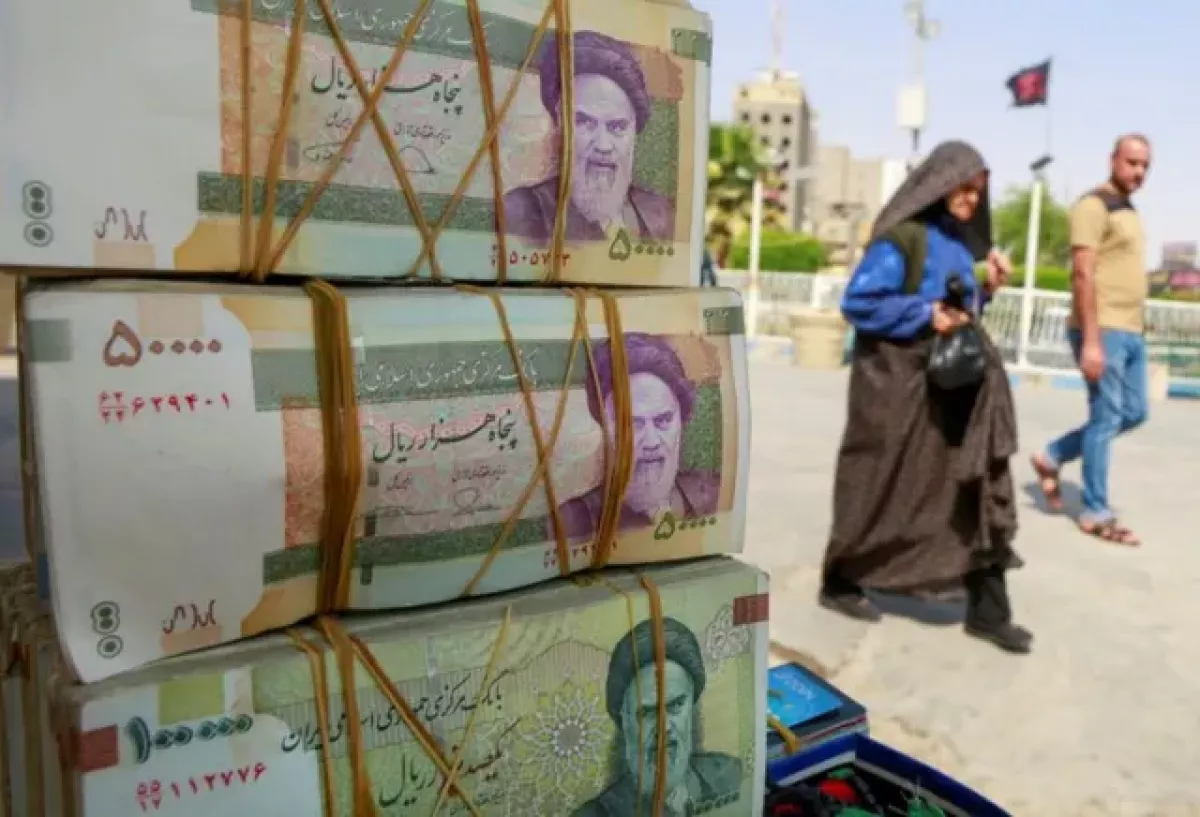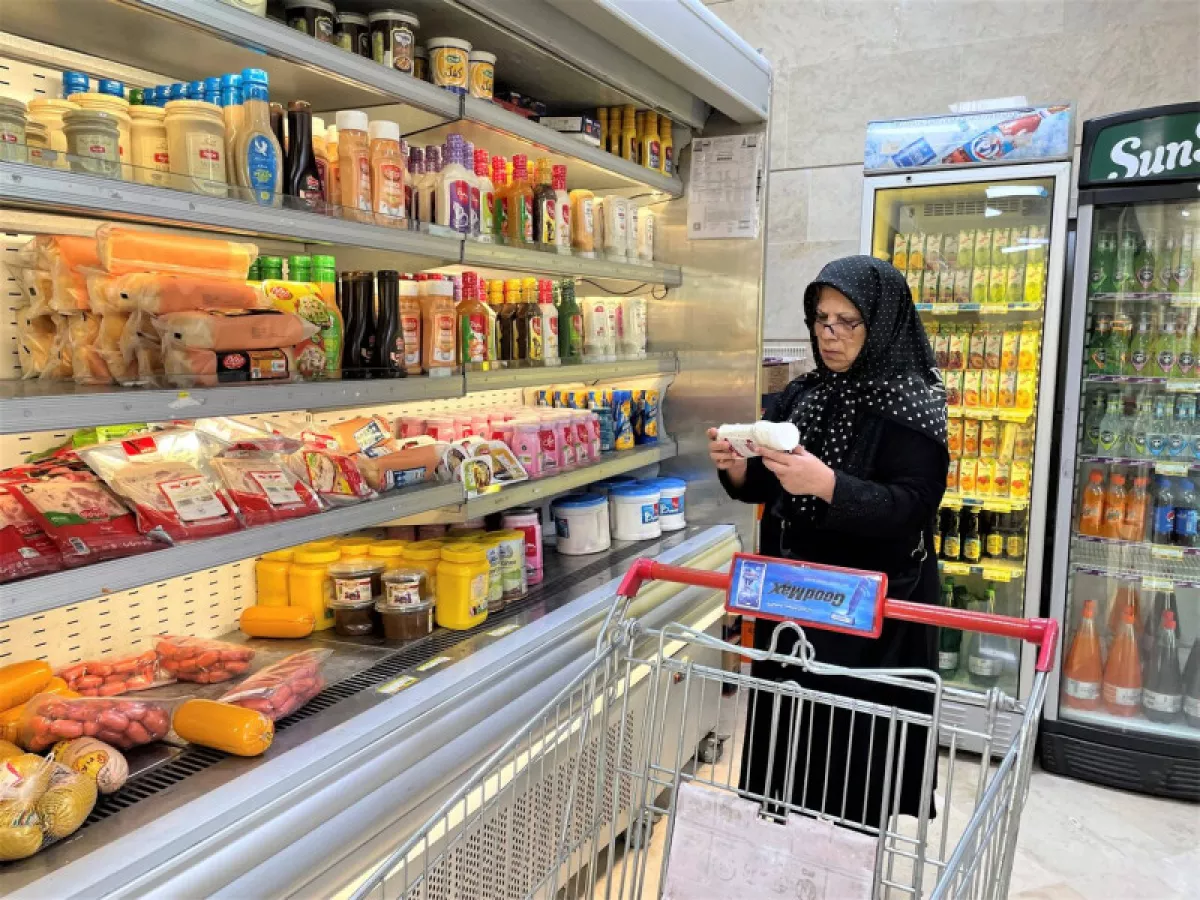Iran: A nation in perpetual crisis The costs of corruption and misrule
According to official data from the Iranian Parliament Research Center, approximately 50 percent of the country's citizens aged 24-50 are unemployed. While it is possible that many are engaged in informal work and do not report it to the authorities, the figure speaks for itself. Meanwhile, sociologists argue that when youth unemployment reaches 25 percent, a country automatically becomes unstable, creating a risk of social protests, riots, and uprisings.
The high unemployment rate is accompanied by rising living costs and the devaluation of the national currency. Over the past year, the rial has lost nearly 50% of its value, now trading at approximately 820,000 rials per dollar. This devaluation has led to a sharp increase in prices and severe shortages of goods, including regular winter power outages and natural gas shortages, leaving millions in dire straits. Officially, inflation stands at around 40%, though the real figures may be much higher. GDP growth is reported at 3-5% annually, but most of the population feels little benefit due to high inequality and the uneven distribution of national wealth.
"The economic situation has reached a breaking point for many families,” said an economist from Tehran, speaking anonymously to the opposition outlet Iran International. “The government seems incapable of reversing the downward spiral, which only fuels further discontent.”

Amid the energy crisis that unfolded with the onset of cold weather, the country's leadership decided to implement temporary power cuts, leaving millions of homes and hundreds of industrial facilities without electricity.
The growing multifaceted crisis in Iran is partly linked to U.S. and European sanctions. However, it is also driven by high levels of corruption and mismanagement of the economy.
Gabriel Noronha, an expert at the Polaris Foundation, shared startling data in a post on X, citing Iranian state media. According to his report, Iran has suffered massive power losses, resulting in widespread blackouts across the country. Out of 600 power plants, 80 are currently offline due to shortages of gas and diesel fuel. During winter, Iran's electricity demand reaches 45–47 GW, and the regime is attempting to manage a 2–4 GW shortfall by imposing power outages.
How does an energy-rich country reach such a dire state? Noronha argues this is not due to U.S. sanctions but systemic corruption, mismanagement, and prioritizing terror over the needs of the Iranian people. For instance, Iran exported 1.9 terawatt-hours of electricity between March and July 2023, primarily to Iraq. This was done to deepen Baghdad's dependence on Tehran, secure dollars for its terrorist campaigns, and turn Iraq into another failed vassal state reliant on Iran.
Additionally, the regime has failed to invest in its transmission and distribution networks, which lose 13% of generated electricity, according to Iran’s Parliament. The infrastructure for power generation has also been neglected, leading to enormous inefficiencies. This reflects the classic “guns versus butter” dilemma, with the regime consistently opting for weapons.
Most power plants are controlled by Supreme Leader Khamenei's hedge fund (EIKO) and the Islamic Revolutionary Guard Corps (IRGC). Under a system of patronage and corruption, these plants were commissioned with power generation efficiency of around 30%, far below the modern standard, which is nearly double.
“Today, the Iranian regime is a government of the corrupt, by the corrupt, for the corrupt,” Noronha concludes.

According to World Bank data, about 30% of Iranians live below the poverty line, with an additional 40% hovering just above it. Meanwhile, sociological surveys conducted under the Iranian regime indicate that over 70% of the population supports the separation of religion from the state. This reflects a significant loss of legitimacy for Iran’s velayat-e faqih model, where the country is ruled by a Supreme Leader, currently Ayatollah Ali Khamenei. Estimates suggesting that 60-70% of Iranians oppose the regime seem increasingly plausible.
Against this backdrop, reports and videos frequently emerge from Iran showing strikes in various industries, with workers outraged by worsening economic conditions, rising prices, and delayed wages. Since 2017, the country has experienced periodic waves of mass protests. These range from strikes with economic demands to demonstrations by women protesting repression by the morality police, as well as movements by ethnic minorities decrying discrimination.
The regime continues to suppress these uprisings with violence, but such a strategy cannot last indefinitely. The potential return of Donald Trump to the U.S. presidency, given his historically harsh stance on the Islamic Republic, could bring a new wave of sanctions. This, in turn, might create a cumulative effect, exacerbating internal contradictions and further weakening the regime.








